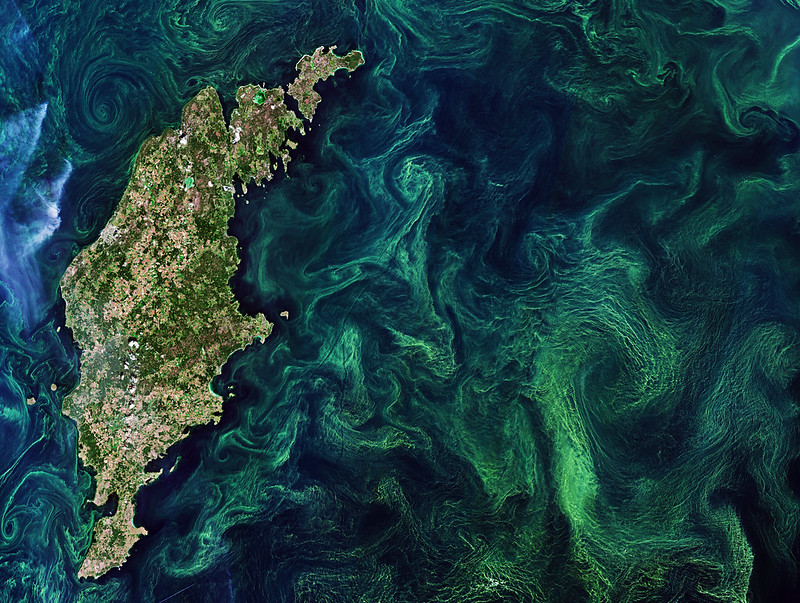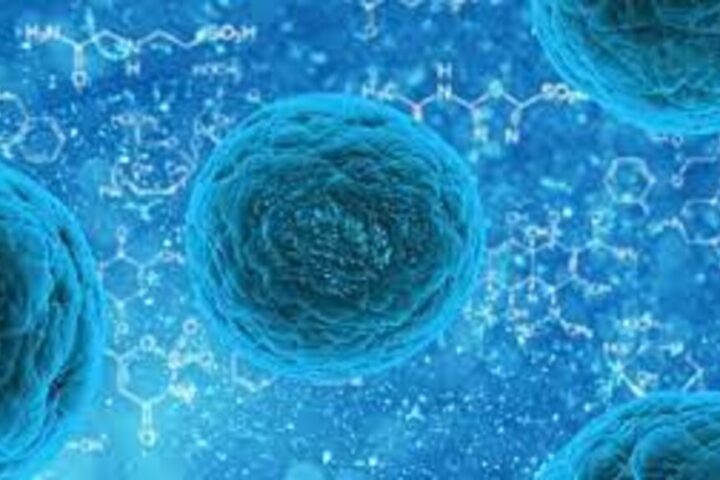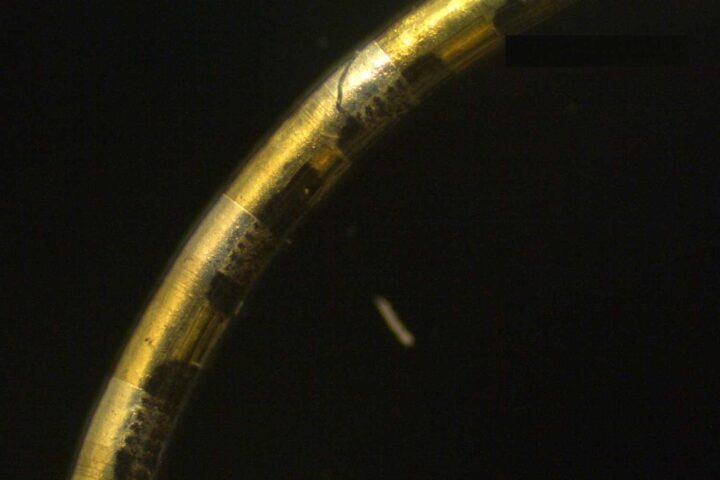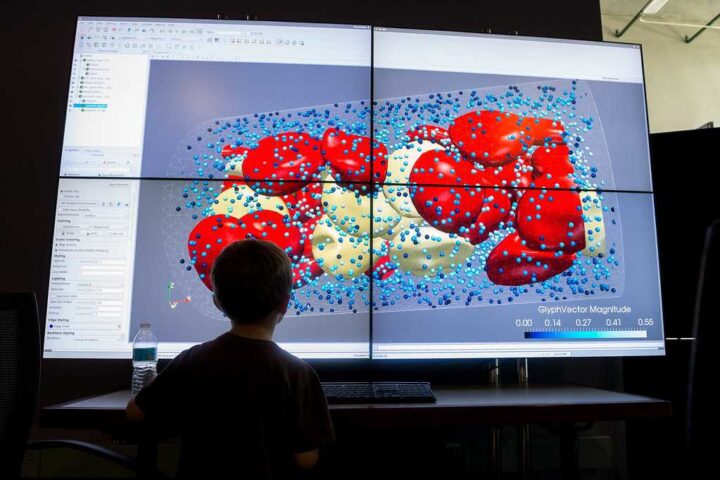At last, AI is being promptly applied to find ways to mitigate the climate crisis. AI is to be used to forecast and better understand a growing threat to water caused by toxic algal blooms. The Los Alamos National Laboratory team plans to do so. These harmful algal blooms, or HABs, have grown in intensity and frequency, fueled by climate change (CC) and rising water temperatures. All 50 states of the US have reported this phenomenon.
The research has been published in the journal American Chemical Society ES&T Water. Babetta Marrone, senior scientist at the Lab and the project team leader, said, “Harmful algal blooms are appearing in areas where, historically, they were never present. The ecosystem of organisms that cause these blooms is very complex. And the information we do have about when, and why, these blooms form is dispersed through a variety of local, state, federal, and international databases. This is one area where we believe AI can help.” Data on HABs has been collected by researchers since 1954.
According to Marrone, large genomic datasets of Cyanobacteria HABs are becoming more available. His team plans to mine these datasets with machine learning and AI models to understand the relationship between cyanobacteria and the many other microorganisms present in the water body over the course of the algal blooms. Marrone’s team outlines how AI and machine learning models can decipher and analyze this disparate data.
Similar Posts
Scientists will be able to understand better the conditions that create HABs. That is the first step in forecasting these outbreaks. “Our goal is to feed existing information into a model that takes advantage of data gleaned from water sampling, weather telemetry stations, satellite sensing data, and the newly emerging biological data,” Marrone said. “Such a model could then be used to forecast algal blooms, and possibly even predict how climate change will alter their intensity and frequency in the future,” Marrone concluded.
In a nutshell, a team of Los Alamos National Laboratory scientists led by Babetta Marrone plans to use AI modeling to forecast and better understand a growing threat to water caused by toxic algal blooms.


















